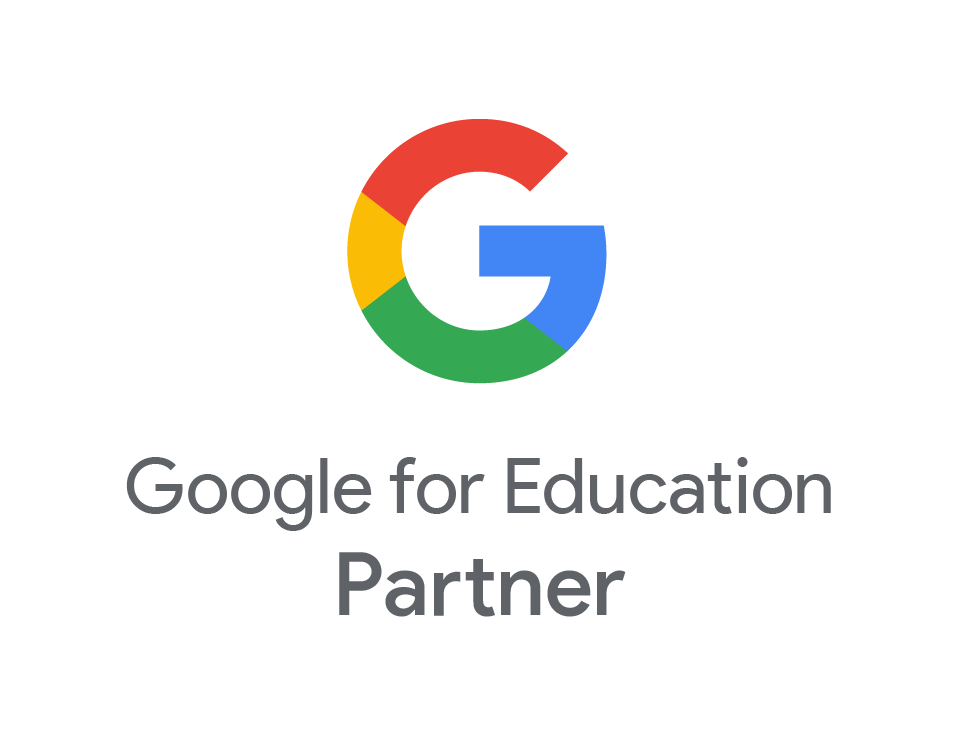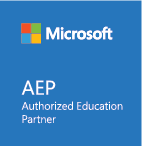4 Online Safety Lessons Students Don’t Want to Learn the Hard Way
- Jan
- 28

Even though we may have good cyber hygiene practises for our own accounts, that information doesn’t always get passed down. “Britain’s two million most vulnerable children are seven times more likely to come to harm online than their peers,” explains The Guardian.
Having students master these cybersecurity lessons will help them use good judgement to safely navigate the net.
Lesson One: Nothing Really Gets Deleted from the Internet.
At this stage of the internet, we understand that any information put on the web, as well as pictures or posts someone else shares about us, never goes away entirely. Students often don’t.
Everything from private info to images or even an off-hand comment taken out of context can reemerge years later. 36% of UK recruiters actually say they’ve rejected a job candidate because of it.
There’s no room to be lax about the digital footprint we left behind. This is something even many adults wished they’d realised sooner. Students need to be intentional with every single post they make, realising it will follow them forever.
Lesson Two: Do a Data Mine on Yourself Every 3-6 Months.
Using Google to search your name for existing internet content is a good start. Setting up a Google alert to flag you when there’s a new mention of your name is even better. But there are more comprehensive actions students can take to protect their private information and monitor their online reputation.
Such as:
*Using Chrome’s incognito mode to conduct the search (staying logged in on other browsers could change what comes up).
* Searching, with quotation marks, for information tied to your full name, legal name, previous name, social media handles, or anything else you go by.
* Doing a reverse image search for any photos you are concerned might show up online.
* Running a Google Image search with your usernames.
* Scrolling at least five pages deep into the search results.
Lesson Three: Privacy Settings Are Your Best Friend.
According to the UK Safer Internet Centre, 62% of 8 to 17s have received friend requests from people they don’t know.
It’s just one example of an online safety issue that can be corrected by selecting the right privacy settings.
As a general rule, all public profiles should be set to private. Though some social media sites do this automatically for minors, students can, and should, also set additional safety parameters – like specifying who can contact them or make friend requests.
At minimum, encourage them to check who can view their posts and who can tag them in posts. It’s also a smart move to review public information including their profile picture, username, and bio since those are available for anyone to view.
Lesson Four: Don’t Assume It Can’t Happen to You.
Just hearing a list of dos and don’ts may not be enough to convince students to take action. Instead, instructors should present real-life situations that illustrate why the unthinkable can, and often does, happen.
To help students internalise the potential consequences of being careless online, try showing them examples like:
* Backlash from racist, sexist, or xenophobic posts (even if they’re relatively old)
* Ways other youth have been scammed in public chat rooms and forums
* The ramifications of conducting inappropriate internet searches on school networks or devices
* What can happen to your credit if you disclose private information
* The negative repercussions of accidentally downloading malware
* How cyberbullying can impact your mental health
* The sooner students develop an online awareness, the more mindful – and safer – their interactions will be.






